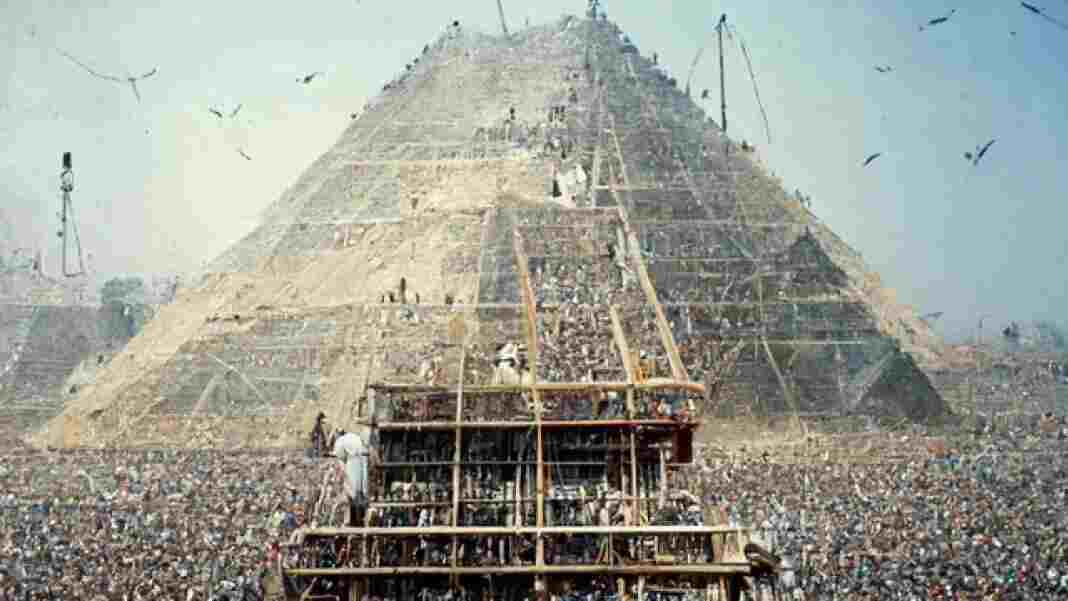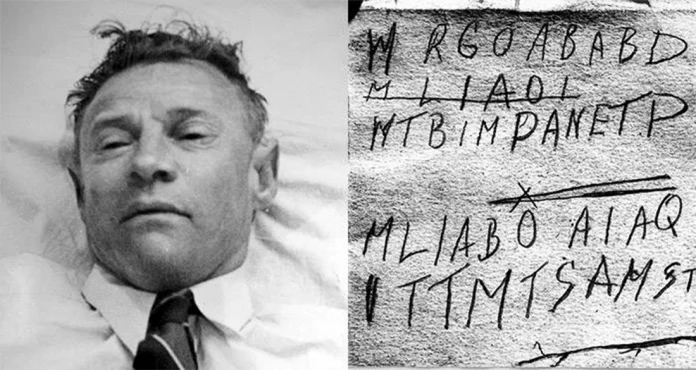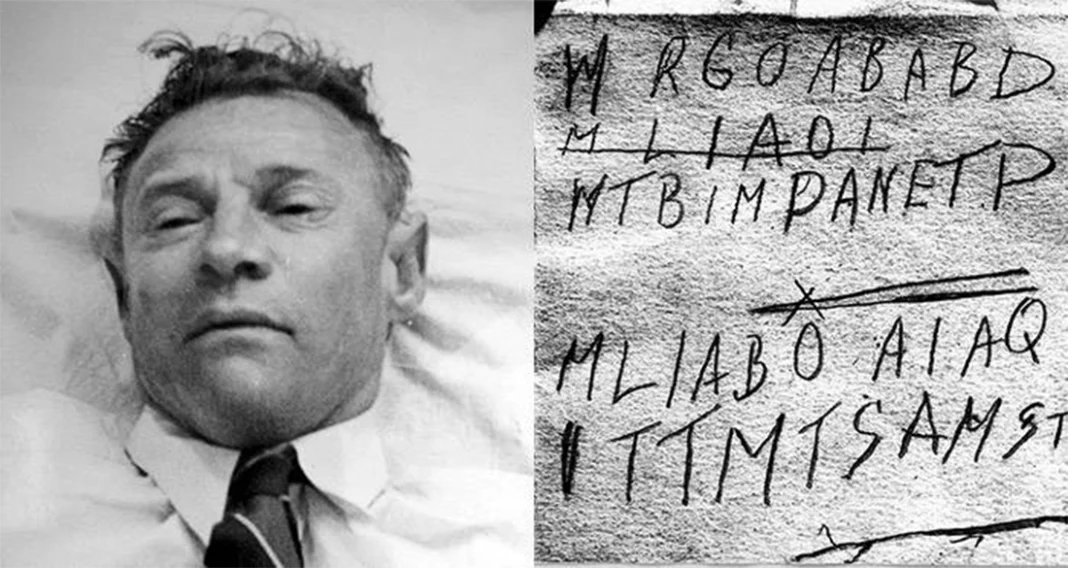The Great Pyramid of Giza stands as a timeless testament to the ingenuity of an ancient civilization. But a captivating question lingers: how long did it take to build the Great Pyramid? Estimates range wildly, from a brisk 20 years to a staggering 70! This very discrepancy fuels the mystique surrounding the pyramid, urging us to ponder the logistics and manpower required for such a monumental undertaking.
We’ll delve into the reign of Pharaoh Khufu, a period of prosperity that likely set the stage for the pyramid’s construction. We’ll then explore the mind-boggling engineering feats involved, from quarrying millions of stones to meticulously stacking them into the pyramid’s form.
But the true key to unlocking the answer to how long did it take to build the Great Pyramid might lie in deciphering historical records. We’ll analyze hieroglyphs and the writings of ancient historians, searching for clues about the workforce and the project’s duration. However, the answer may not be a simple one. Modern theories challenge traditional views, proposing alternative timelines and raising intriguing questions about the methods employed.
Prepare to be dazzled by the brilliance of the pyramid builders and grapple with the unsolved enigmas that continue to shroud their efforts in mystery. As we explore these enduring questions, you might just discover a newfound appreciation for this awe-inspiring feat of human achievement.
A Monumental Mystery: Unveiling the Great Pyramid’s Construction Timeline
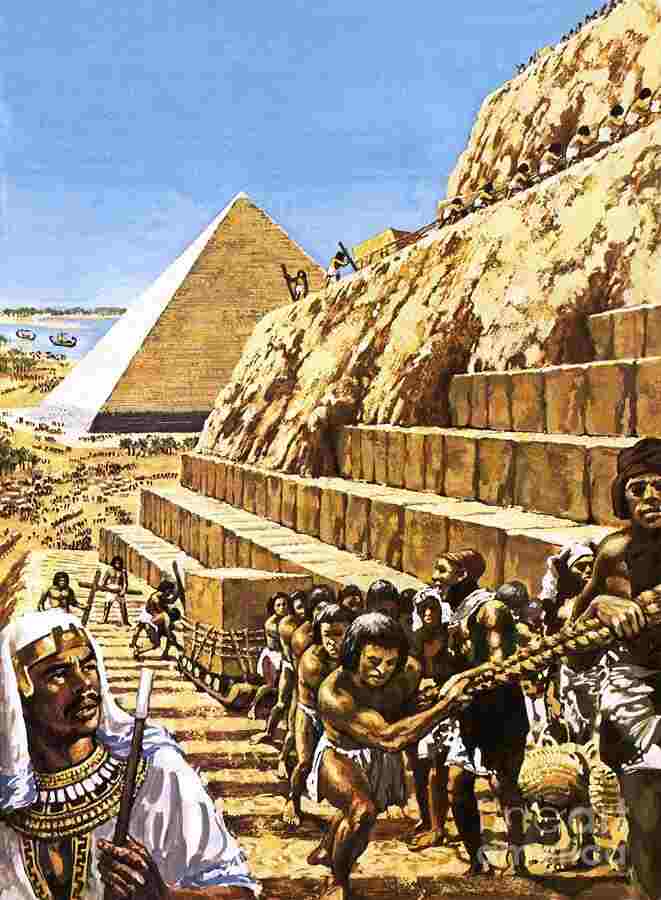
Towering over the Giza plateau for millennia, the Great Pyramid of Giza stands as a testament to the ingenuity and perseverance of an ancient civilization. But perhaps the greatest enigma surrounding this colossal structure isn’t its purpose, but the very question of how long did it take to build the Great Pyramid?
Estimates vary wildly, with theories ranging from a swift 20 years to a staggering 70. This vast discrepancy only adds to the mystique of the Great Pyramid, leaving us to ponder the logistics and manpower required for such a monumental undertaking.
One of the biggest challenges in determining the construction timeline lies in the lack of definitive historical records. Egyptians of the Old Kingdom weren’t big on leaving behind detailed blueprints or construction diaries. However, archaeologists have meticulously pieced together clues from various sources to shed light on this enduring mystery.
Pharaoh Khufu’s Reign: Setting the Stage for a Pyramid Project
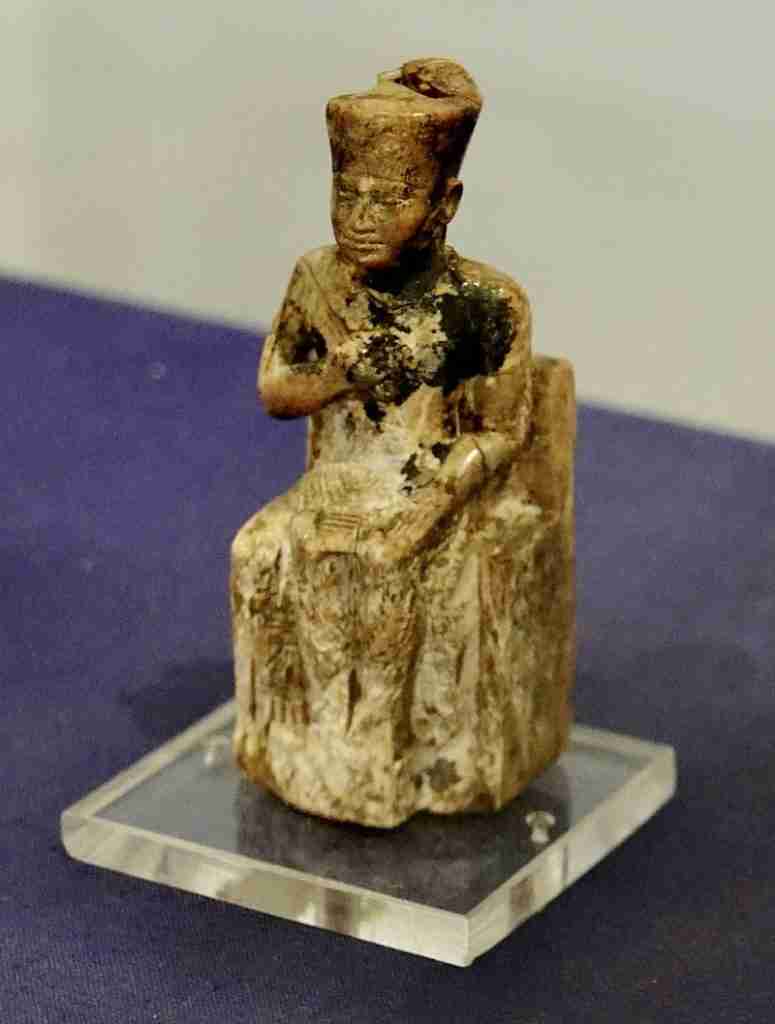
To understand the possible construction timeline of the Great Pyramid, we need to travel back to the 4th dynasty of the Old Kingdom, roughly 2600 BC. This period is dominated by the figure of Pharaoh Khufu (also known as Cheops), the man credited with commissioning the Great Pyramid.
Khufu’s reign was a golden age for Egypt, marked by political stability and economic prosperity. This period of affluence likely played a crucial role in enabling the immense resource allocation required for the Great Pyramid’s construction. The vast quantities of stone, the transportation methods, and the skilled labor force all demanded significant investment.
Archaeological evidence suggests that Khufu’s focus on pyramid building wasn’t an isolated event. Several smaller pyramids were constructed around the same time, potentially serving as tombs for Khufu’s wives or other royal family members. This pyramid complex at Giza highlights the central role pyramid construction played during Khufu’s reign.
Intriguingly, some theories propose that Khufu inherited an already ongoing pyramid project from his predecessor. This could potentially shorten the estimate of how long did it take to build the Great Pyramid. However, without definitive proof, the exact starting point of the project remains shrouded in mystery.
One thing is certain: Khufu’s reign provided the ideal conditions for undertaking a project of such immense scale. The political and economic stability, coupled with Khufu’s apparent focus on pyramid construction, set the stage for the awe-inspiring feat that is the Great Pyramid.
Quarrying, Transporting, and Stacking: The Engineering Marvel of the Pyramid
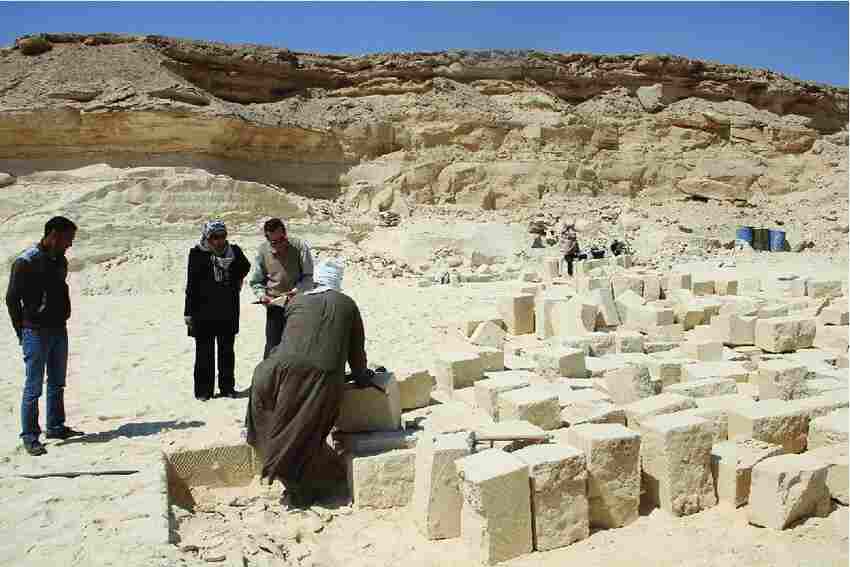
Even with the favorable conditions of Khufu’s reign, the sheer scale of the Great Pyramid’s construction boggles the mind. How long did it take to build the Great Pyramid? Imagine the logistical nightmare of moving and meticulously placing over 2.3 million massive stone blocks, each weighing an average of 2.5 tons. Understanding this engineering marvel helps us appreciate the immense effort that went into building the Great Pyramid, and perhaps even shed light on the possible construction timeline.
How long did it take to build the Great Pyramid? Egyptologists believe the limestone for the pyramid’s core likely came from quarries located just a few miles away. Extracting these stones would have been a labor-intensive process, likely involving copper chisels and wedges. Workers would have painstakingly hammered these tools into the rock, creating cracks that allowed for the eventual removal of the blocks.
Transporting these colossal stones presented another significant challenge. While the exact methods remain debated, some theories suggest the Egyptians used a network of canals and waterways to float the stones on barges. Wooden rollers and sleds might have been employed to move the stones on land, with water poured onto the ground to reduce friction.
Once at the construction site, the real feat of engineering began. Theories suggest that ramps, possibly made of earth and wood, were built alongside the growing pyramid to facilitate the transportation of stones to higher levels. Workers, likely skilled laborers rather than slaves, would have used ropes, levers, and possibly even ingenious water-powered mechanisms to haul the blocks up these ramps. The precision of the placement, with some stones fitting together with gaps as thin as a credit card, is a testament to the remarkable skill of the pyramid builders.
The exact methods and tools used in the Great Pyramid’s construction are still being debated. However, one thing is clear: the process demanded a massive, well-organized workforce and significant technological innovation. The efficiency with which the Egyptians managed this complex undertaking provides valuable clues when considering the potential timeframe for the entire project. In the next section, we’ll explore the evidence gleaned from historical accounts to see if it sheds any light on the answer to the enduring question of how long did it take to build the Great Pyramid.
Deciphering Hieroglyphs: Clues to the Workforce and Construction Time of the Great Pyramid
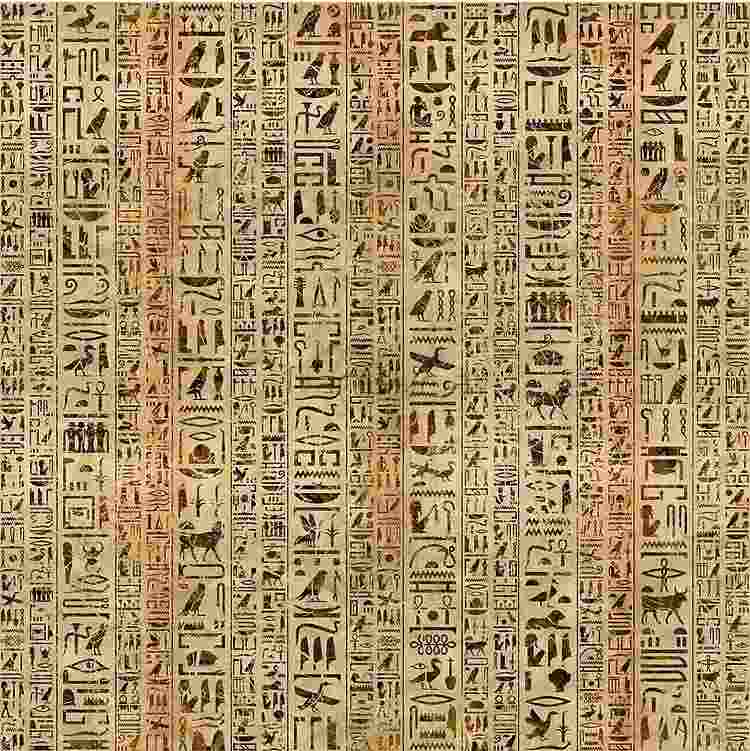
While the engineering marvels of the Great Pyramid offer a glimpse into the immense effort involved in its construction, uncovering the exact how long did it take to build the Great Pyramid requires us to delve into the realm of historical records. Fortunately, archaeologists have meticulously analyzed remnants of hieroglyphs found near the pyramid complex, hoping to glean clues about the workforce and, perhaps most importantly, the duration of the project.
One intriguing piece of evidence comes from the tomb of a high-ranking official named Djedi, who oversaw some aspects of pyramid construction. Hieroglyphs found within his tomb depict scenes of workers transporting and laying stones, potentially offering a snapshot of the daily activities involved in the project. These depictions also seem to suggest a highly organized workforce, with skilled laborers performing specialized tasks.
Another potential clue comes from markings found on the stones themselves. These markings, believed to be notations related to the quarrying and transport of the stones, might hold valuable information about the workforce size and organization. Deciphering these markings remains an ongoing effort, but some experts believe they could shed light on the number of workers involved and the logistical challenges faced during construction.
However, the most direct piece of evidence comes from the writings of Herodotus, a Greek historian who visited Egypt around 450 BC, roughly 2,000 years after the Great Pyramid’s completion. How long did it take to build the Great Pyramid? Herodotus claims to have been told by Egyptian priests that the Great Pyramid took 20 years to build, with a workforce of 100,000 laborers working in three-month shifts.
How long did it take to build the Great Pyramid? While Herodotus’ account is valuable, it’s important to consider its limitations. He wasn’t a contemporary observer, and his information may have been embellished or misinterpreted over time. Modern scholars debate the accuracy of his figures, with some suggesting a smaller, more specialized workforce might have been responsible for the pyramid’s construction.
Despite the limitations, the available evidence, from hieroglyphic depictions to Herodotus’ account, paints a picture of a meticulously planned and executed project. While a definitive answer to the exact construction time remains elusive, these historical records provide valuable insights into the scale and organization of the workforce, allowing us to make informed estimates about the possible duration of this monumental undertaking. In the next section, we’ll explore some of the ongoing theories and debates surrounding the Great Pyramid’s construction timeline.
Beyond 27 Years: Modern Theories on the Great Pyramid’s Construction Time
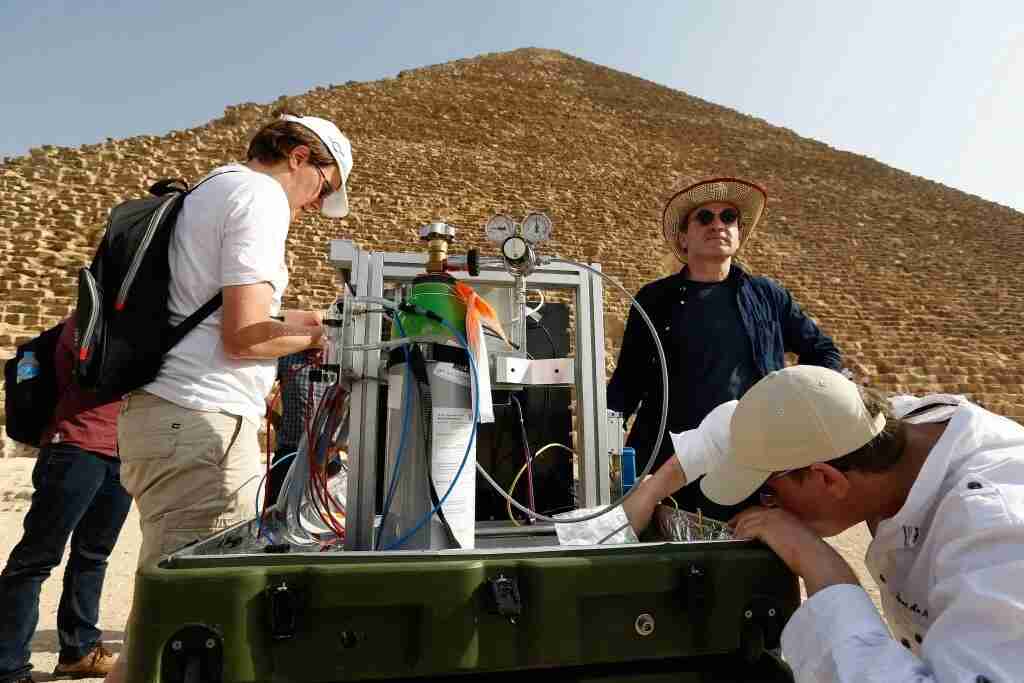
The question of how long did it take to build the Great Pyramid continues to spark debate among archaeologists and historians. While estimates based on hieroglyphs and historical accounts suggest a timeframe of around 20 to 27 years, some modern theories challenge this traditional view.
One argument against a shorter construction timeline focuses on the sheer scale of the project. Moving and placing millions of massive stones with the precision evident in the Great Pyramid is a monumental task. How long did it take to build the Great Pyramid? Proponents of a longer timeframe argue that a larger, more permanent workforce might have been necessary, potentially extending the construction time beyond the 20-year mark. This extended timeframe would have required a significant investment in sustaining such a large workforce over a longer period.
Another theory proposes that pyramid construction isn’t a continuous process. This theory suggests that work might have been paused or slowed down during certain periods, perhaps due to agricultural cycles or leadership changes. These interruptions could have significantly lengthened the overall construction timeline on how long did it take to build the Great Pyramid.
Adding to the mystery are the ongoing efforts to decipher the markings found on the stones themselves. If successfully decoded, these markings could reveal crucial details about the workforce size, organization, and potentially even the duration of the project. Unlocking the secrets hidden within these inscriptions might significantly impact our understanding of the Great Pyramid’s construction timeframe.
How long did it take to build the Great Pyramid? Beyond the debate over the exact number of years, several enduring enigmas continue to surround the pyramid’s construction. One such mystery is the transportation method used to move the colossal stones. While the water and ramp theories are popular, definitive evidence remains elusive.
Another unsolved puzzle is the level of skill and technology the pyramid builders possess. The precision of the stonework and the potential use of complex machinery suggest a level of engineering advancement that continues to surprise modern experts.
The Great Pyramid’s construction timeline may forever be shrouded in mystery. However, the ongoing research and analysis of historical records, archaeological discoveries, and even the stones themselves continue to bring us closer to understanding this incredible feat of human ingenuity. As we delve deeper into these enduring enigmas, the true answer to how long did it take to build the Great Pyramid might just be waiting to be unearthed.
Frequently Asked Questions (FAQs)
1. How long did it take to build the Great Pyramid of Giza?
Estimates for the Great Pyramid’s construction timeline range widely, from 20 to 70 years. Factors like the workforce size, construction methods, and potential interruptions make a definitive answer elusive. However, ongoing research based on historical records and archaeological evidence helps us refine these estimates.
2. Who built the Great Pyramid?
The exact identity of the workers who built the Great Pyramid remains a topic of debate. While some theories suggest forced labor, archaeological evidence points towards a skilled workforce, potentially including engineers, stonemasons, and laborers.
3. What methods were used to build the Great Pyramid?
The engineering feats behind the Great Pyramid’s construction are still being unraveled. Theories suggest Egyptians used a combination of techniques, including quarrying stones, transporting them by water or on rollers, and using ramps to lift them into place.
4. What are the enduring mysteries surrounding the Great Pyramid’s construction?
Several enigmas continue to puzzle archaeologists. The transportation methods used for the massive stones, the level of technology possessed by the builders, and the organization of the workforce are all ongoing areas of research.
5. Can modern technology help us unlock the secrets of the Great Pyramid?
Absolutely! Advancements in archaeological techniques, 3D modeling, and even code-breaking methods are being applied to analyze historical records and decipher the pyramid’s secrets. These tools hold immense potential for furthering our understanding of this ancient marvel.
While the architectural marvel of the Great Pyramid leaves us pondering the wonders of ancient engineering, history offers another captivating enigma: How Did Cleopatra Look Like in Real Life? Unlike the enduring stone structures of Egypt, Cleopatra’s physical appearance remains a frustrating mystery. Delve into the fascinating world of Ptolemaic Egypt on Mystery Uncover to explore the truth behind the beauty myth and discover a woman whose influence extended far beyond physical allure.
Use of Our Content
⚠️ Content on “Mystery Uncover” is protected under US and International Copyright Laws.
You are free to reuse, republish, and share our content by giving credit to the source as Mystery Uncover with a link to the original material on mysteryuncover.com.


